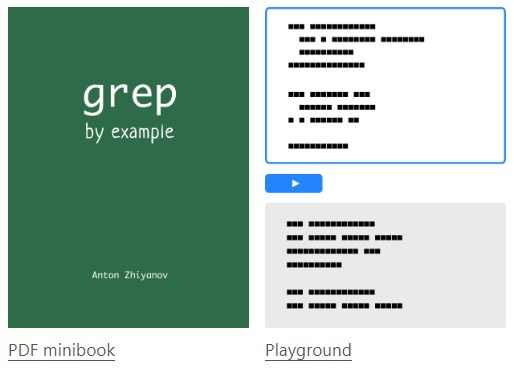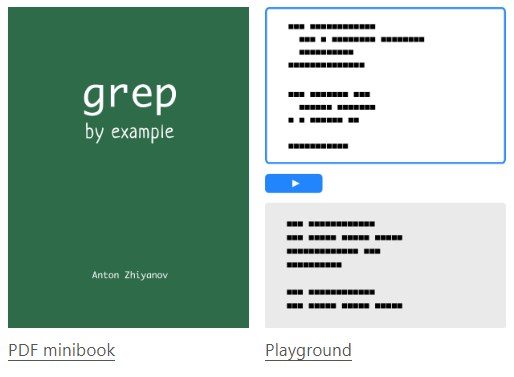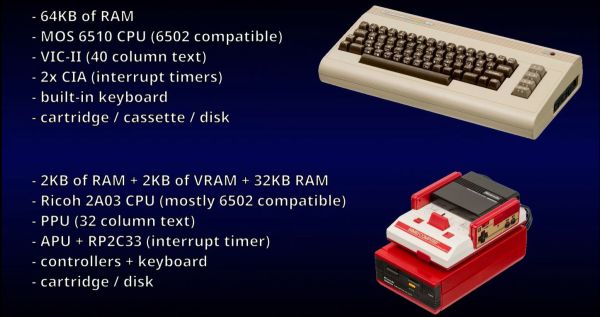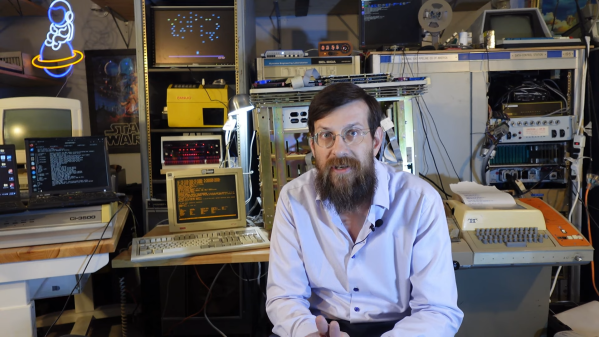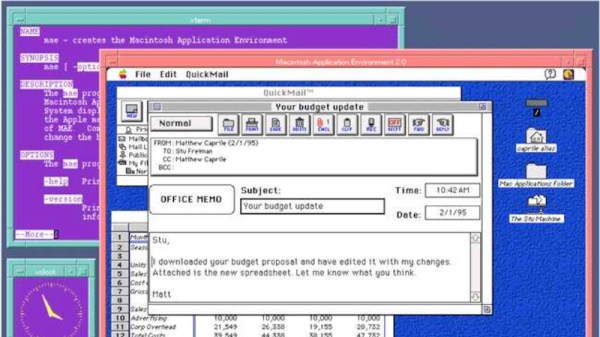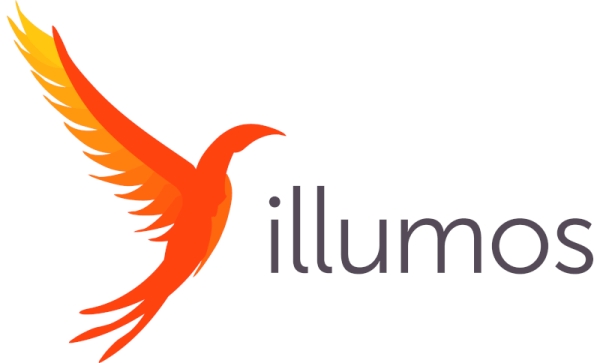Ever heard of VENIX? There were lots of variants of Unix back in the day, and VENIX was one for the DEC Professional 380, which was — sort of — a PDP 11. The 1982 machine normally ran the unfortunately (but perhaps aptly) named P/OS, but you could get VENIX, too. [OldVCR] wanted to put one of these back online and decided the ST-506 hard drive was too risky. A solid-state drive upgrade and doubling the RAM to a whole megabyte was the plan.
It might seem funny to think of a desktop workstation that was essentially a PDP-11 minicomputer, but in the rush to corner the personal computer market, many vendors did the same thing: shrinking their legacy CPUs. DEC had a spotty history with small computers. [Ken Olsen] didn’t think anyone would ever want a personal computer, and the salespeople feared that cheap computers would eat into traditional sales. The Professional 350 was born out of DEC’s efforts to catch up, as [OldVCR] explains. He grabbed this one from a storage unit about to be emptied for scrap.
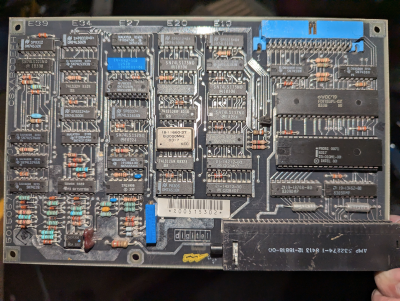 The post is very long, but you get a lot of history and a great look inside this vintage machine. Of course, the PDP-11 couldn’t actually handle more than 64K without tricks and you’ll learn more about that towards the end of the post, too.
The post is very long, but you get a lot of history and a great look inside this vintage machine. Of course, the PDP-11 couldn’t actually handle more than 64K without tricks and you’ll learn more about that towards the end of the post, too.
Just as a preview, the story has a happy ending, including a surprising expression of gratitude from the aging computer. DEC didn’t enjoy much success in the small computer arena, eventually being bought by Compaq, which, in turn, was bought by Dell HP. During their heyday, this would have been unthinkable.
The PDP/11 did have some success because it was put on a chip that ended up in several lower-end machines, like the Heathkit H11. Ever wonder how people programmed the PDP computers with switches and lights?



